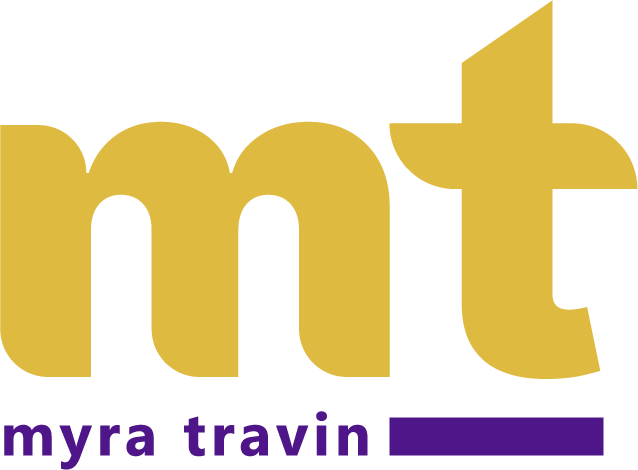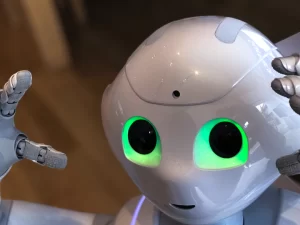For many years the gold standard was the system by which the value of currency was defined for exchange; it was the most reliable standard of measurement to have the most valuable and prestigious thing to be traded for legal tender. It was something we could count on to hold its value.
Until the Depression, FDR (and later, even Nixon) got mixed up with it and ended the idea of gold as a value standard. At this point we decided that the basic building block of worth had changed, and that which we saw as having the ultimate value no longer defined the same idea of worth. We moved to a system of fiat money (look it up) and here we are today, buying gold on the Internet.
The new adoption of value standards were flexible, more open, and less defined than the gold standard. What does this have to do with creating courses? A lot. The course, you might say, was the gold standard of learning and development from the Industrial Revolution to the Information Age. But as we moved into the Conceptual Age, we needed a totally different way to create value for learners.
The changing idea of standards of worth in a modern world helps us to understand how to evaluate what value really is to the person who owns the currency and what it can be exchanged for in our modern world. If your standard building block of value in learning experience design is a “course,” you might as well go back to an avocado-colored refrigerator and a wall phone in the kitchen. Courses are no longer the most valuable building block for learning.
It is not just that our traditional LMS and SCORM standards are based upon a course being our unit of measurement, or that our out-of-date ideas equate learning with course completion. It’s not that our universities and schools still use them. Now that we are moving into xAPI, Performance Support, and Learning Ecologies, a course will no longer serve as our “gold standard” or basic unit of worth.
What is of greatest value to our learners now are choice of tools, devices, and information. Tools that work for them and are not clumsy attempts at environments that create even more churn to learn the tool with which we are supposed to learn. These new synergistic environments are where people, groups, or companies work together in resourceful, innovative, and dynamic ways to accomplish individual learning goals. Learning is not limited to a course. It’s not an event, it’s not prescribed, and it’s not designed for group outcomes. Not anymore.
We know from experience how stunning it is to work so hard at course design and find out at the end of the day that your students are not engaged. MOOCS? Times Higher Education reported that “the average completion rate for the 17 automatically marked courses was 7.7 percent, while for the 11 that involved some degree of peer assessment, the figure was 4.8 percent”. The New York Times noted that student attrition rates in some large online courses hovered around 90 percent. There are better metrics and examples which benefit from the use concepts of mentorship and point-of-need support, as I suggest in the Learning Ecology Framework, but it’s still rough out there for single course design.
In 1993, I said in a paper called “The Writer as Designer of Experience” that we should be creating environments where people can choose how they learn. I was a bit ahead of my time, but that is why I am a futurist. I want to look to the horizon and design at the edge of the curve. Now, that vision is starting to become true in schools and organizations around the world. We are flipping classrooms, blurring traditional learner roles, and giving over control to our learners. Teachers are becoming co-pilots on the journey, rather than simple tour guides.
So given the remarkable changes in learning and technology strategy, we should be designing fewer courses and more learning ecologies. With the ubiquity of mobile device access and the highest expectations from savvy consumers, we can’t keep offering the same old same old eLearning experiences. Courses are becoming sort of … quaint. And quaint will not power the new learning revolution.
Stop designing single courses, and start designing learner environments.





